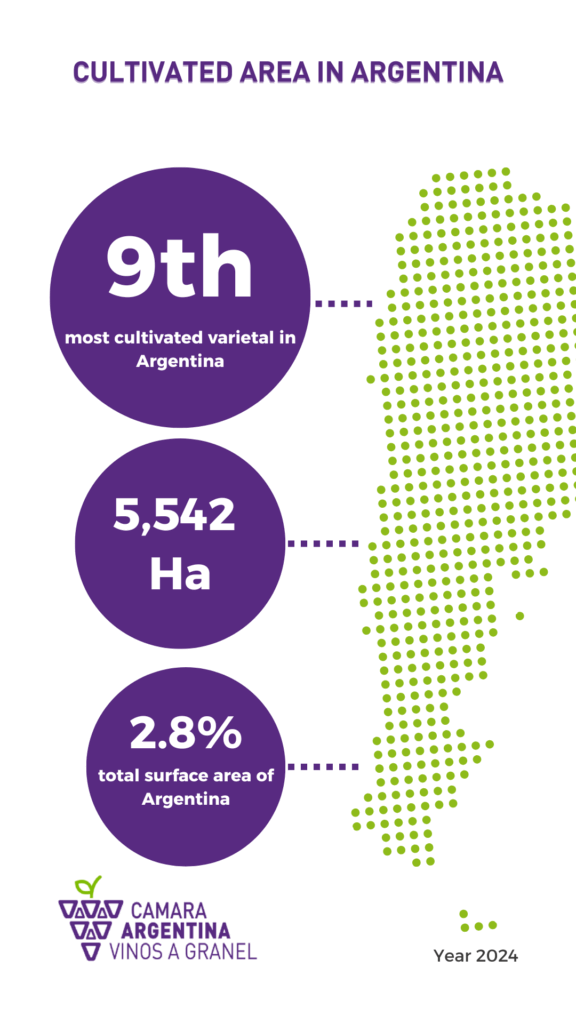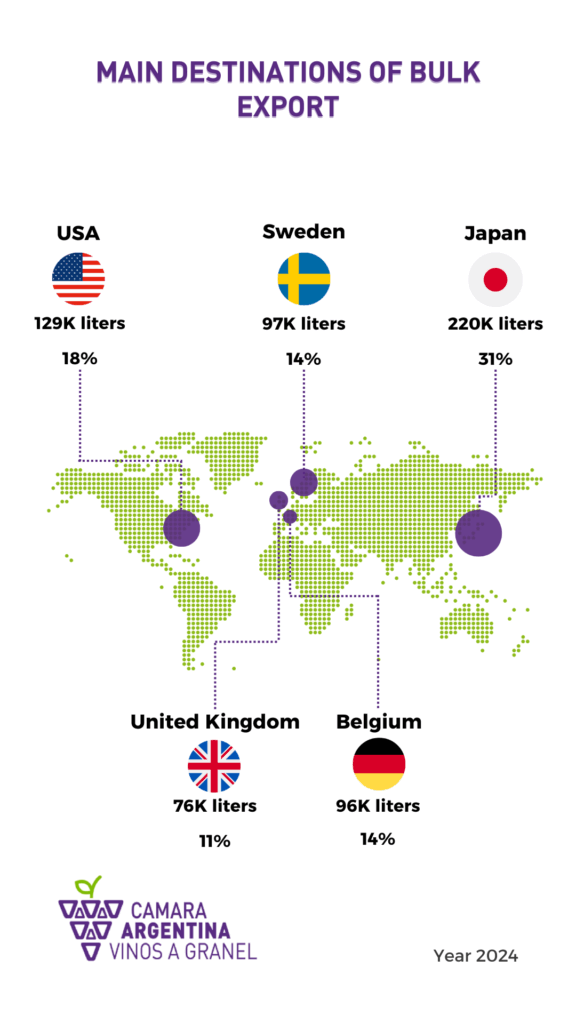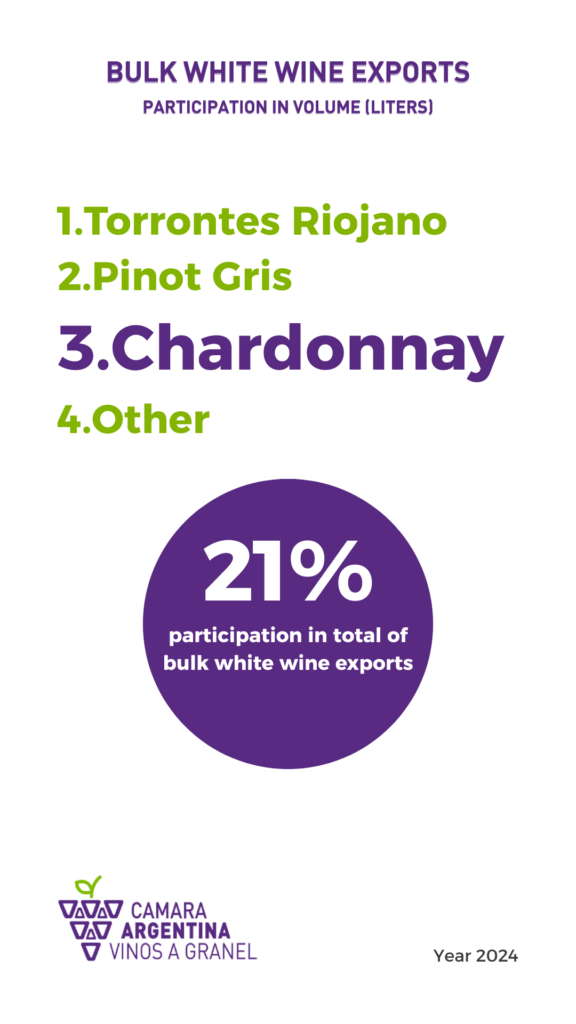



This week, the global wine community celebrates the esteemed Chardonnay varietal. While some specialized sources designate May 22nd for this observance, others mark May 29th. In Argentina, Chardonnay holds a significant position within bulk wine exports.
The varietal is renowned for its exceptional adaptability to diverse terroirs and climatic conditions. Burgundy, Chablis, and Champagne are globally recognized for their distinguished Chardonnay cultivation. In California, Chardonnay maintains a prominent role, while in Australia, the Yarra Valley and Adelaide Hills regions yield Chardonnay wines exhibiting distinctive characteristics.
According to data published by the National Institute of Vitiviniculture in 2024, Argentina cultivates 5,542 hectares of Chardonnay, representing 2.8% of the country’s total vineyard area and 17% of the total white varietals designated for winemaking.
Generally, Chardonnay wines are highly expressive aromatically. In Argentina, the most characteristic aromas are those of ripe tropical fruits, including melon, banana, pineapple, and passionfruit. However, dependent on the specific region and harvest timing, Chardonnay can also present delicate citrus notes, such as grapefruit, and floral undertones associated with stone fruits like apricot or peach. Upon oak integration, typical barrel-aged Chardonnays can develop substantial body with a creamy texture. Barrel aging imparts nuances of vanilla and smoky notes. This varietal unequivocally demonstrates a notable capacity for aging.
The Importance of Chardonnay in Bulk Wine Exports
Considering both bottled and bulk formats, Chardonnay stands as Argentina’s most exported white varietal. Focusing specifically on bulk exports, Chardonnay ranks sixth overall, with 702,000 liters exported in 2024.
In comparison to other white wines exported from Argentina, Chardonnay accounts for 21% of the total export volume, positioned directly behind Torrontés Riojano and Pinot Gris. Regarding export destinations in the past year, Japan was the primary importer of Argentine Chardonnay, accounting for 32% of shipments. The United States followed with 18%, while Sweden and Belgium each received 14%, and the United Kingdom imported 11%.
Cultivated Area of Chardonnay Grapes in Argentina
Chardonnay is present in 17 Argentine provinces; however, Mendoza and San Juan collectively concentrate 93.5% of the total cultivated area. Nationally, Chardonnay ranks as the 9th most cultivated varietal overall and the 3rd among white varietals intended for winemaking, preceded by Pedro Giménez (8,719 ha) and Torrontés Riojano (7,141 ha).
Mendoza province holds the largest Chardonnay acreage, reaching 4,591 hectares in 2024 (83.1%), followed by San Juan with 575 hectares (10.4%). Consistent with the trend observed across most white varietals, the cultivated area of Chardonnay in Argentina has decreased by 13% (-828 ha) since 2014. Mendoza experienced a 12.9% reduction, San Juan a 22% reduction, while the remaining provinces collectively saw a 3.7% increase during the same period.



